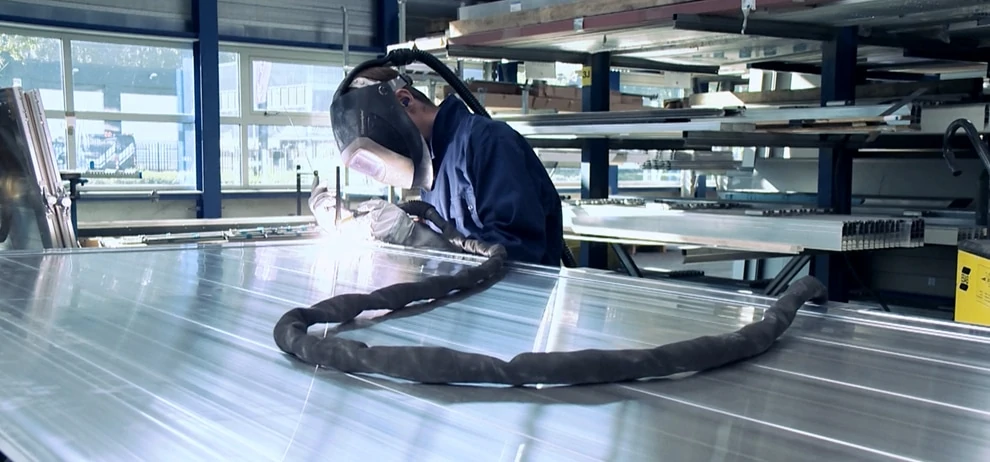5 optimizations for shorter turnaround time:
1. MODULAR CONSTRUCTION
Good preparation is half the battle. By dividing the intended end product into sub-builds, several designs can be built in parallel within a single period of time. Examples of a sub-build of this type are the doors, tailgates or side underrun protection for the bodywork. In principle, these can be built separately, before they are attached to the overall design.
What’s more, instead of a large or excessive number of versions, this will also allow you to offer a number of standard modules – ensuring an efficient way of working, whilst simultaneously allowing customers to retain their options.As a result, the construction work takes less time and can be delivered to the customer faster. What’s more, this generally takes less time – both physically and in terms of scheduling.
2. STANDARDISATION
The solution is too frequently and unnecessarily sought in tailor-made solutions, whereas in many cases, standard components will suffice.
A good example is having tailor-made toolboxes made, which is often completely unnecessary. With the help of different standard toolbox sizes, it is easy to enclose the space underneath the chassis or behind the cab, and this is somewhat cheaper and faster than tailor-made solutions. It also means there’s no need to keep drawing specials all the time.
3. OUTSOURCING
Economy of scale, increasing the quality or reducing the lead time are all reasons that could result in some of your activities being covered and outsourced externally. One area in which outsourcing is used a lot is assembly work. For example, many companies order a complete door, or a customer-specific toolbox or mudguards, which is then delivered ready-made to the bodywork manufacturer. All that is left for them to do is complete the final structure!
4. STOCK OPTIMISATION
Timely delivery is often an important criterion for the customer, which is why you want to prevent a scenario in which you lose your grip on the bodywork during construction and simply grab construction components from stock. On the other hand, you don’t want to run an unnecessarily great risk and incur costs by having too many items in stock.
Sometimes the solution is closer than you think. Why not have your supplier deliver tailor-made parts just in time? Mudguards, toolboxes and spare wheel supports can easily be assembled externally and provided when you need them, so you won’t incur storage costs yourself and these ready-made parts can be installed directly under the bodywork.
5. MORE EFFICIENT WORKSHOP
Create more physical space in the workshop by redesigning and rearranging the workshops, storing materials, and handling the orders and materials to be processed more efficiently.
Modular construction, standard components, outsourcing/partial outsourcing, stock optimisation and an efficient workshop design are methods that are helping us to achieve a shorter lead time. Inefficient processes or wastage unfortunately all too often go unrecognised, with all the associated consequences this entails for speed, quality and costs – which is a shame, because this can often make a generous profit!



